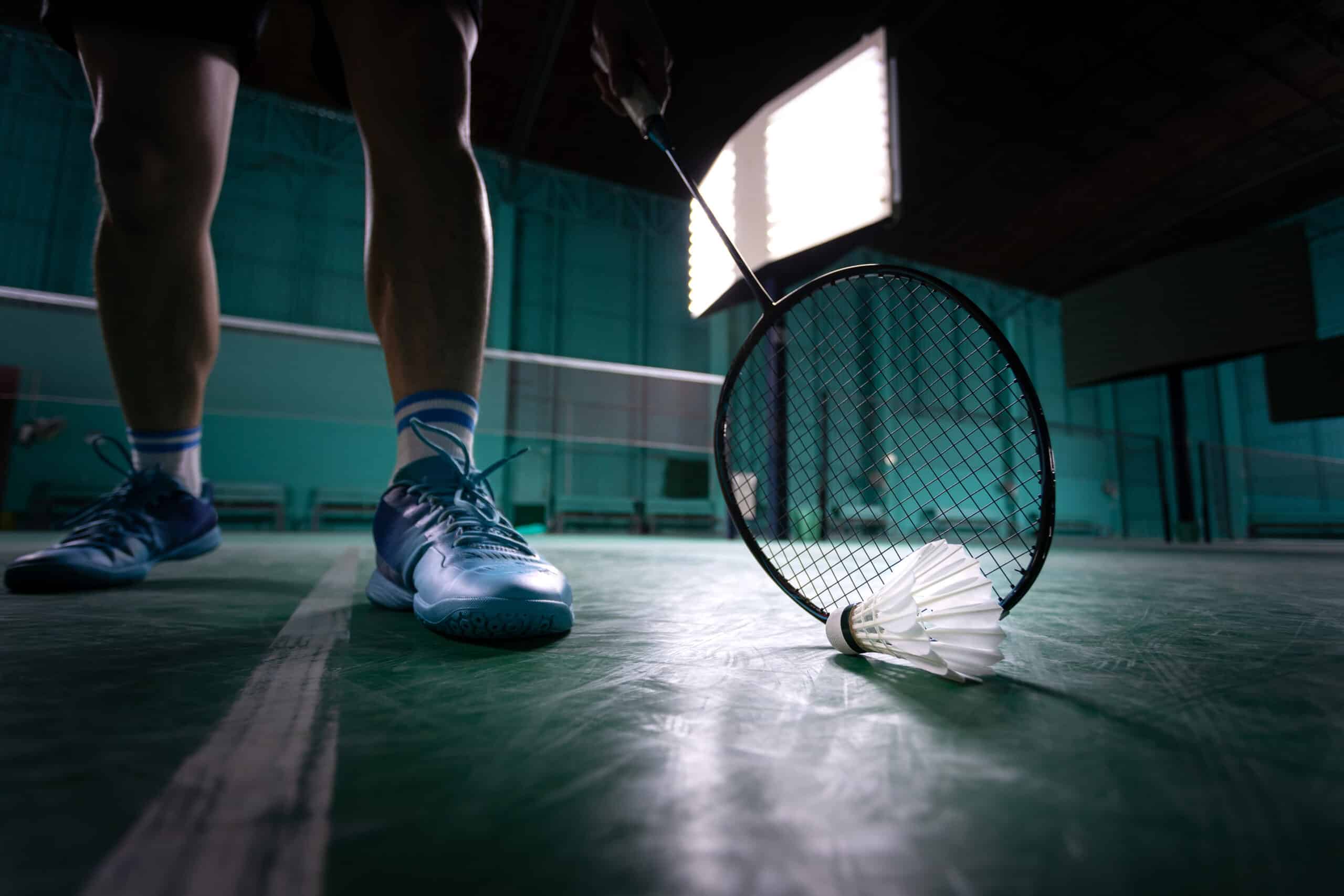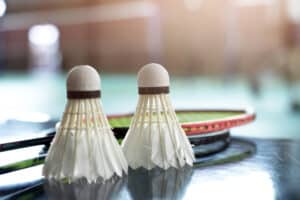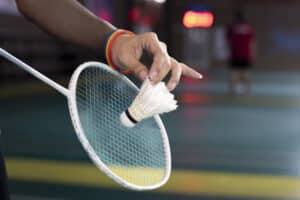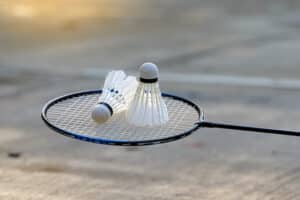What is the Difference Between Shuttle and Badminton?
Key Takeaways
- The origin of shuttle can be traced back to ancient times when it was used for training and hunting birds.
- One of the key differences between shuttle and badminton lies in their weight. A shuttlecock typically weighs between 4.75 to 5.50 grams, while the weight of badminton racquets ranges from 70 to 95 grams.
- Shuttlecocks are made using various materials such as rubber cork, thin leather, feather, and plastic, while badminton equipment including racquets is made from materials like wood, carbon fiber, steel, and aluminum.
When it comes to the game of badminton, two terms often come up – shuttle and badminton. But what exactly is the difference between these two? In this article, we will delve into the nuances and distinctions that set these terms apart.
Origin
The origin of shuttle can be traced back to ancient times when it was used for training and hunting birds. On the other hand, badminton originated in India during the British rule from a game called battledore. The game eventually evolved into what we now know as badminton, with shuttle being an essential part of the game.
Weight
One of the key differences between shuttle and badminton lies in their weight. A shuttlecock typically weighs between 4.75 to 5.50 grams. In contrast, the weight of badminton racquets ranges from 70 to 95 grams. This weight difference is crucial in determining the speed and trajectory of the game.
Materials
Shuttlecocks are made using various materials such as rubber cork, thin leather, feather, and plastic. On the other hand, badminton equipment, including racquets, is made from materials like wood, carbon fiber, steel, and aluminum. These different materials contribute to the overall performance and durability of the equipment.
Composition
A shuttlecock consists of sixteen feathers embedded in a rubber cork. This composition allows for stable flight and accurate gameplay. Badminton, on the other hand, consists of not only the shuttlecock but also racquets, grip, strings, shoes, and other accessories. The combination of these elements creates the complete badminton experience.
Rules
When it comes to shuttle, there are specific rules regarding its quality, height, weight, and durability that need to be checked before a match is played. These rules ensure fair play and maintain consistency in the game. In contrast, badminton has a broader set of rules that encompass the entire gameplay. It is played inside a court divided by a net, with specific boundaries and scoring criteria.
The Role of Shuttle in Badminton
While shuttle and badminton are distinct terms, they are closely intertwined. A shuttle, specifically designed for aerodynamic stability, is an essential part of badminton, defining the game’s unique characteristics. The shuttle’s design, with a skirt-like appearance and a heavier tip, contrasts with badminton’s broad scope as a competitive sport, including singles and doubles play.
In badminton, the shuttle’s flight plays a crucial role in shaping the strategic depth of the game. It emphasizes skill, agility, and precision. The shuttle’s durability and speed variations cater to different skill levels, from amateurs to professionals. The material used in the shuttle, whether synthetic or natural feathers, impacts its flight and is a key consideration for badminton players. The sport of badminton has standards governing shuttle specifications to ensure fair play.
Moreover, the shuttle’s role in badminton extends beyond the game itself. It is used in training exercises to develop player skills such as precision and reflexes. Mastering shuttle control is crucial for competitive success and overall enjoyment of the game.
Feathered vs. Plastic Shuttlecocks
Feathered shuttlecocks and plastic shuttlecocks have different flight trajectories. Feathered shuttlecocks have a steeper drop at the end of their flight compared to plastic shuttlecocks. Feathered shuttlecocks offer better feel and control, but they are more fragile and less durable than plastic shuttlecocks. On the other hand, plastic shuttlecocks are more affordable and have a longer lifespan. The price of plastic shuttlecocks is about 2/3 the price of feathered shuttlecocks.
Related Websites:
FAQs:
Q: What is badminton and why is it popular?
Badminton is a sport that involves hitting a shuttlecock across a net using a racket. It is popular because it is a fast-paced, exciting game that can be played by people of all ages and skill levels. Additionally, badminton offers numerous health benefits such as improved cardiovascular fitness, agility, and coordination.
Q: What equipment is used in badminton?
In badminton, players use a racket to hit a shuttlecock. The racket is usually made of lightweight materials such as carbon fiber or aluminum. The shuttlecock, also known as a shuttle, is a conical projectile with feathers or made of synthetic materials.
Q: What are the advantages and disadvantages of feather shuttles?
Feather shuttles are typically made of natural feathers from ducks or geese. They offer superior flight performance and feel more natural when hit. However, feather shuttles are more fragile and expensive compared to synthetic shuttles.
Q: What are the advantages and disadvantages of synthetic shuttles?
Synthetic shuttles are made of nylon or plastic. They are more durable and affordable than feather shuttles. However, they may not provide the same level of flight performance and feel as feather shuttles.
Q: What is the difference between shuttle and badminton?
The term ‘shuttle’ refers to the shuttlecock used in badminton. Badminton, on the other hand, refers to the sport as a whole. The shuttle is an essential component of badminton and is used in gameplay, whereas badminton encompasses the rules, equipment, and overall activity.






